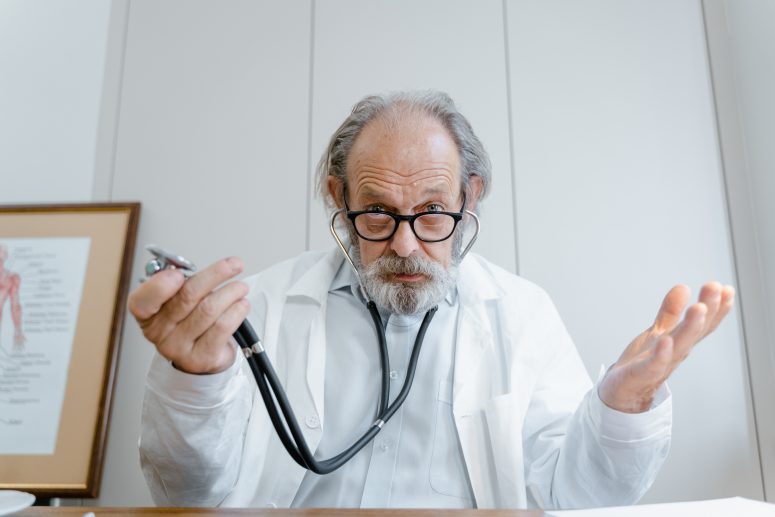Coronavirus is an infectious disease that broke out in 2019. Since 2019, the COVID-19 pandemic has caused and is still causing many negative physical and psychological effects on individuals all around the world. We are now aware that people who get infected with the coronavirus are likely to experience symptoms like; fever, dry cough, tiredness, aches, pains and difficulty breathing or shortness of breath. With the proper treatment, individuals can recover from COVID-19 in approximately two weeks. However, some patients have reported experiencing corona symptoms even after their recovery.
Long-COVID is a post-COVID condition, meaning that it occurs after an individual is infected with the coronavirus, whether tested or not. The term Long-COVID is the first illness term to have been collectively coined by patients over social media.
According to the World Health Organisation (WHO) over 200 symptoms have been reported by patients however the three most common are; shortness of breath, cognitive dysfunction (brain fog) and fatigue. However, patients are also likely to experience chest pain, trouble speaking, anxiety, depression, muscle aches, loss of smell and taste. Although the duration is still not clear, this condition can last for 3 or 6 months and has the potential to last for even 9 months. In research from Fernández-de-las-Peñas et al. (2021), Long-COVID can be diagnosed during the 12th-24th week of being infected by the virus.
Long-COVID is a persistent condition and it is important to know how to manage it. The most common symptom that seems to affect an individual’s life is tiredness. In this case, one must learn how to conserve energy. Learning to pace, plan and prioritise your daily activities will help you to save energy.
- Pace
Adjusting your pace will help you have enough energy to complete an activity. If you continue to complete a task until you feel tired instead of exhausted, you will recover faster. Another option is to do something until you are exhausted or where you give your best, which means you need more time to recover. Here are a few top tips for pace:
• Break activities up into smaller tasks and spread them throughout the day.
• Build rests into your activities as it is key to recharging your energy.
• Plan 30–40 minutes of rest breaks between activities.
• Sit and rest wherever possible.
Plan
Observe the activities you usually do every day and every week, and make a plan to distribute these activities. If certain activities make you breathless or tired, instead of doing them all at once, plan ahead and do them during the day. Change the time of the activity; Do not take a bath or shower in the busy morning, but at night. Plan to do activities such as gardening, washing and shopping on different days each week, with a few days off in between. Here are a few planning tips:
• Collect all the items you need before you start a task.
• Specially adapted equipment is likely to make tasks easier. If you have an occupational therapist, ask them for further advice and support.
• You may get more done when family or friends are visiting and they can help you out.
Prioritise
We often do things without thinking about whether they are necessary at that instant moment, and this can cause us a lot of frustration. Prioritising can help you sort out your actions during the day to give meaning and structure to them. Ask yourself the following questions to find out which of yours are necessary: What do I need to do today? What do I want to do today? What can I put off until another day? What can I ask someone else to do for me? Here are a few tips for prioritising:
• Don’t hold your breath during any task.
• Try to avoid pulling, lifting, bending, reaching and twisting where possible.
• Push or slide items as much as possible, rather than lifting them.
• Bend with your knees rather than from your waist.
In addition to soothing the symptoms of Long-COVID, these kind of adjustments will also lift your mood and boost your motivation to recover!
It is still open to debate whether this is a new disease, whereby effects are caused by COVID or a psychosomatic disorder. However, the symptoms are real and whoever experiences Long-COVID symptoms should definitely seek care.
If you are struggling in dealing with COVID-19 and feel that you can benefit from professional help, you can book an appointment here.
Ela Jean Demir holds a Bachelor degree in Psychology from the Izmir University of Economics in Turkey. She is currently doing her internship at Willingness.
References
Fernández-de-las-Peñas, C., Palacios-Ceña, D., Gómez-Mayordomo, V., Cuadrado, M. L., & Florencio, L. L. (2021). Defining Post-COVID Symptoms (Post-Acute COVID, Long COVID, Persistent Post-COVID): An Integrative Classification. International Journal of Environmental Research and Public Health, 18(5), 2621. https://doi.org/10.3390/ijerph18052621
Royal College of Occupational Therapists. How to conserve your energy: Practical advice for people during and after having COVID-19. https://www.rcot.co.uk/conserving-energy
Sykes, D. L., Holdsworth, L., Jawad, N., Gunasekera, P., Morice, A. H., & Crooks, M. G. (2021). Post-COVID-19 Symptom Burden: What is Long-COVID and How Should We Manage It? Lung, 199(2), 113–119. https://doi.org/10.1007/s00408-021-00423-z

